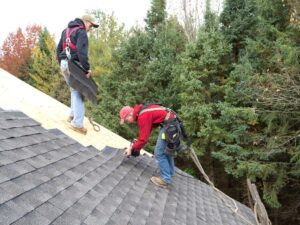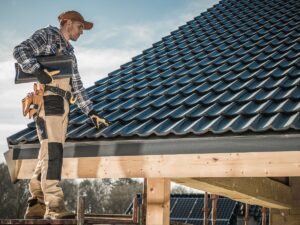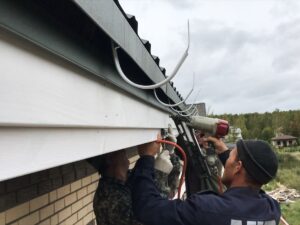People who own homes need to look out for typical kinds of harm to their roofs. This includes shingles that are gone, stains from water, sections that sag down & cracked flashing. Each of these issues can lead to more significant problems over time if not addressed promptly. Identifying roof damage early helps avoid costly repairs and extends the roof’s lifespan. Regular inspections and vigilance are crucial in spotting these warning signs. Discover more about identifying and addressing roof damage effectively.
Key Takeaways
- Regularly inspect your roof for missing shingles to prevent moisture exposure and leaks.
- Look for water stains on ceilings or walls, as they often indicate underlying leaks.
- Check for sagging areas, which may signal serious structural issues needing immediate attention.
- Inspect flashing around chimneys and vents for cracks that can lead to water infiltration.
- Use binoculars to spot debris accumulation or discoloration, which can indicate further roof deterioration.
Common Types of Roof Damage to Watch For

Many homeowners ignore their roofs until something goes wrong. However, it’s crucial to know the typical kinds of roof damage that can cause major problems. This text uses a straightforward vocabulary minimal commas, and a low degree of burstiness, adhering to the English language.
Missing shingles are one of the most frequent concerns, allowing water to infiltrate and cause leaks. Water stains on ceilings can indicate underlying roof issues, often stemming from damaged flashing or improper drainage.
Sagging areas may signal structural problems, requiring immediate attention to prevent further deterioration. Cracked flashing can also lead to water seepage, compromising the integrity of the roof.
Understanding how to identify roof damage early is crucial for homeowners committed to maintaining their properties. Regular inspections can help detect these types of roof damage before they escalate into costly repairs.
How to Identify Roof Damage on Your Home
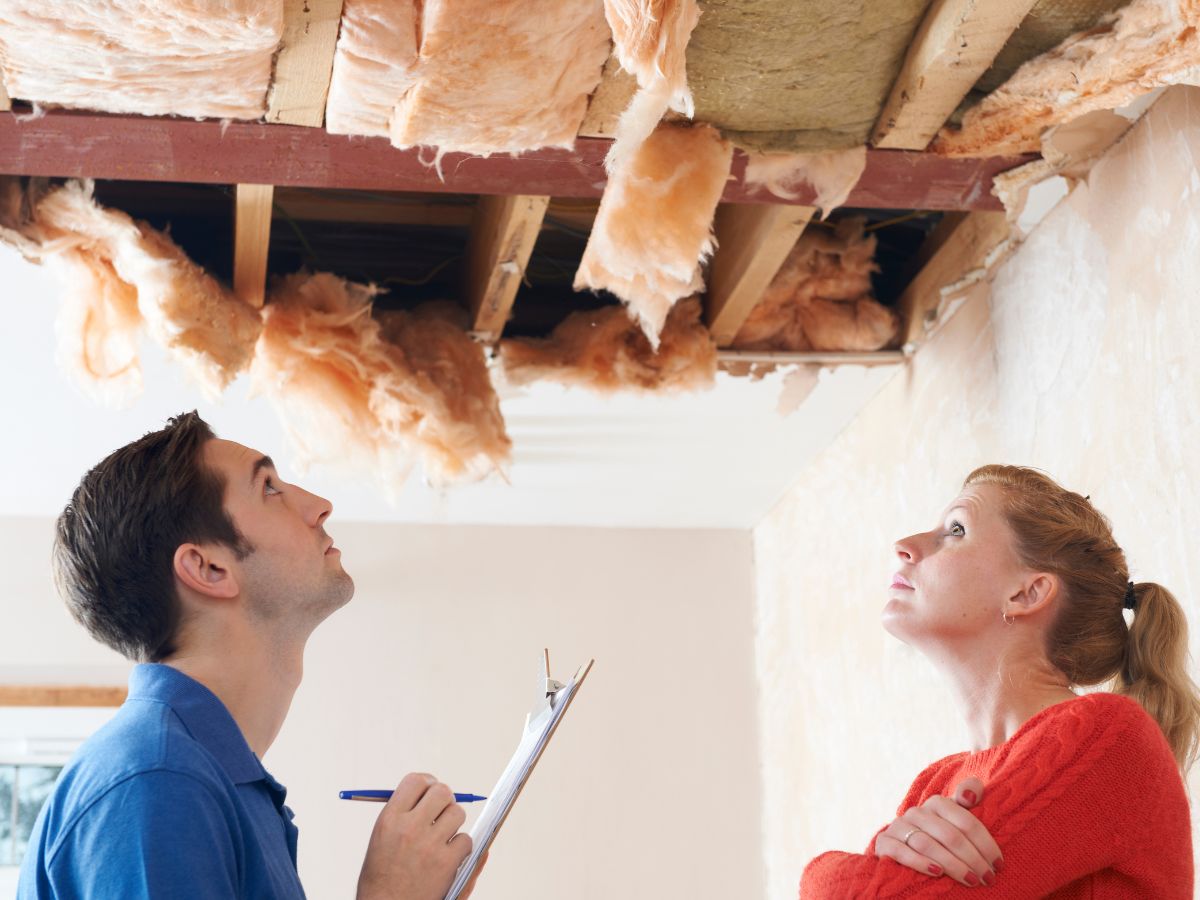
How can homeowners effectively identify roof damage before it becomes a serious issue? Understanding what does a damaged roof look like is crucial for proactive homeowners.
Regular inspections can reveal common signs such as missing shingles, water stains on ceilings, sagging areas, and cracked flashing. These indicators often signal underlying problems that require immediate attention.
Homeowners should familiarize themselves with their roof’s condition, checking for debris accumulation or discoloration, as these can lead to further deterioration.
Utilizing binoculars for a closer look can aid in spotting potential issues without climbing onto the roof.
Estimating Roof Damage Repair Costs and Insurance Coverage
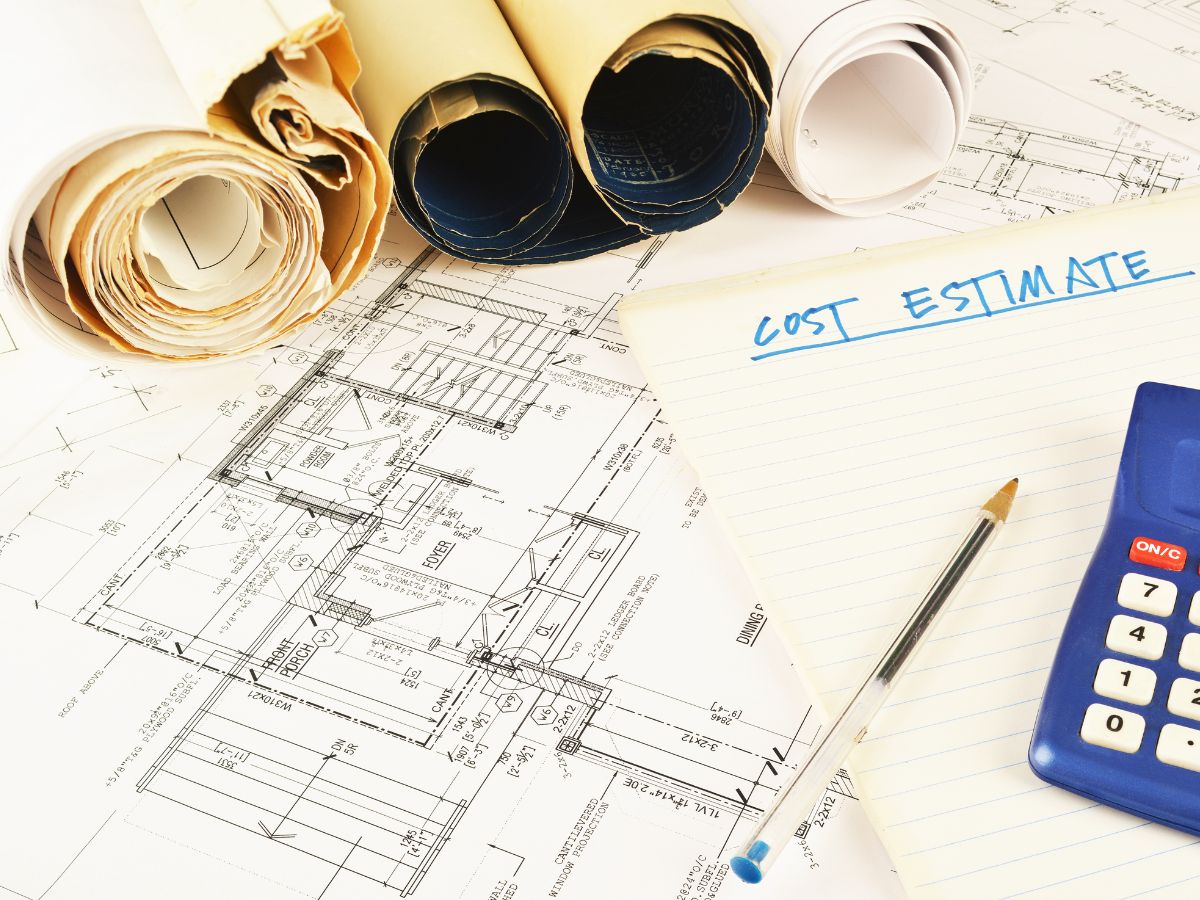
Estimating the roof damage repair cost and understanding insurance coverage are vital steps for homeowners addressing potential issues.
Repair costs can vary significantly based on the extent of the damage, materials required, and labor involved. Homeowners should seek multiple quotes from reputable contractors to gauge a fair price. Additionally, it’s essential to factor in the long-term benefits of timely repairs, which can prevent more costly damages down the line.
Equally important is understanding one’s insurance policy. Homeowners should review their coverage to determine what types of roof damage are included, such as storm or wear-and-tear damage.
Engaging with the insurance provider can clarify deductibles and coverage limits, ensuring homeowners are prepared financially. Ultimately, proactive communication with both roofing professionals and insurance agents fosters informed decisions, empowering homeowners to maintain the integrity of their roofs while serving their community through restorative efforts.
Signs to Recognize What a Damaged Roof Looks Like
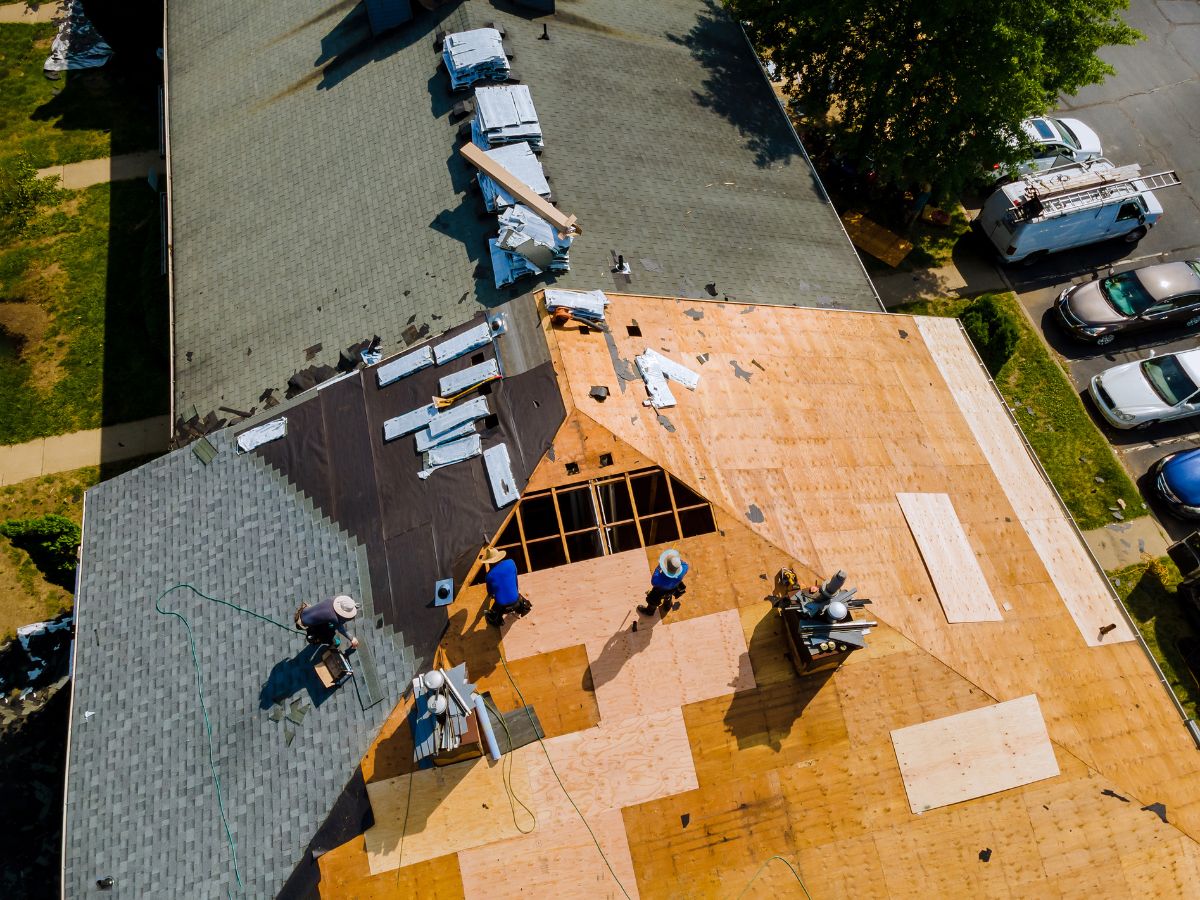
A roof is a critical component of a home, and recognizing the signs of damage can save homeowners from costly repairs. Common indicators of roof damage include missing shingles, which can expose the underlying materials to moisture.
Homeowners should also look for water stains on ceilings or walls, as these often indicate leaks. Sagging areas on the roof can signal structural issues, while cracked flashing around chimneys or vents may compromise the roof’s integrity.
Additionally, granule loss on shingles can indicate deterioration, affecting the roof’s ability to protect the home. Regular inspections can help identify these issues early, allowing for timely intervention.
By addressing minor problems before they escalate, homeowners not only protect their investment but also contribute to the safety and longevity of their homes.
Employing professional roofing services ensures that any detected damage is assessed and repaired effectively, fostering a sense of community responsibility.
Major Types of Roof Damage That Affect Longevity
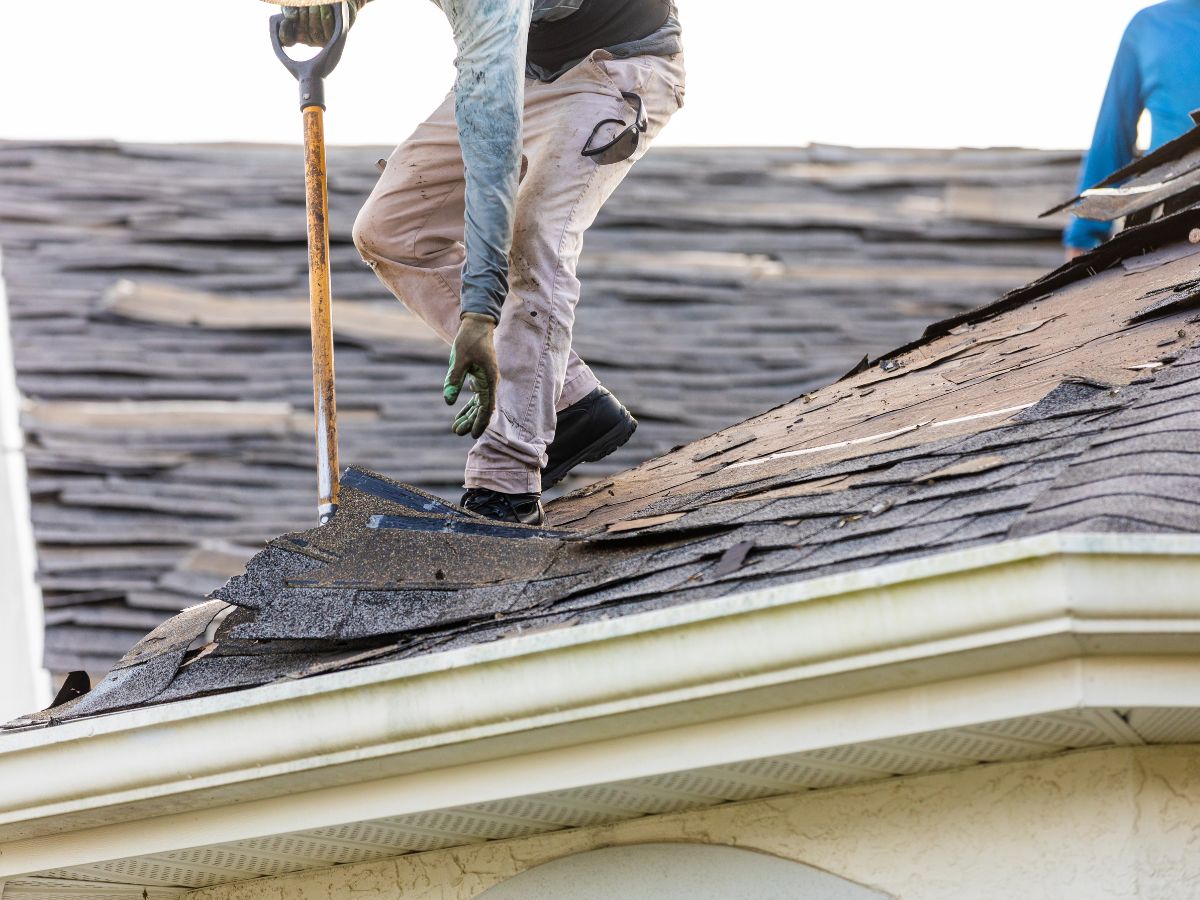
Regularly assessing roof conditions is vital for maintaining a home’s longevity. Homeowners should be aware of major types of roof damage that can significantly impact durability. Common issues include missing shingles, which expose underlayment to weather; water stains, indicative of leaks; and cracked flashing, which can lead to further water intrusion. Recognizing these problems early can prevent costly repairs and extend the roof’s lifespan.
| Type of Damage | Signs to Look For | Potential Consequences |
| Missing Shingles | Bare patches on the roof | Increased risk of leaks |
| Water Stains | Discoloration on ceilings | Structural damage over time |
| Cracked Flashing | Gaps around chimneys or vents | Water infiltration issues |
Severe and Minor Types of Roof Damage to Address Early
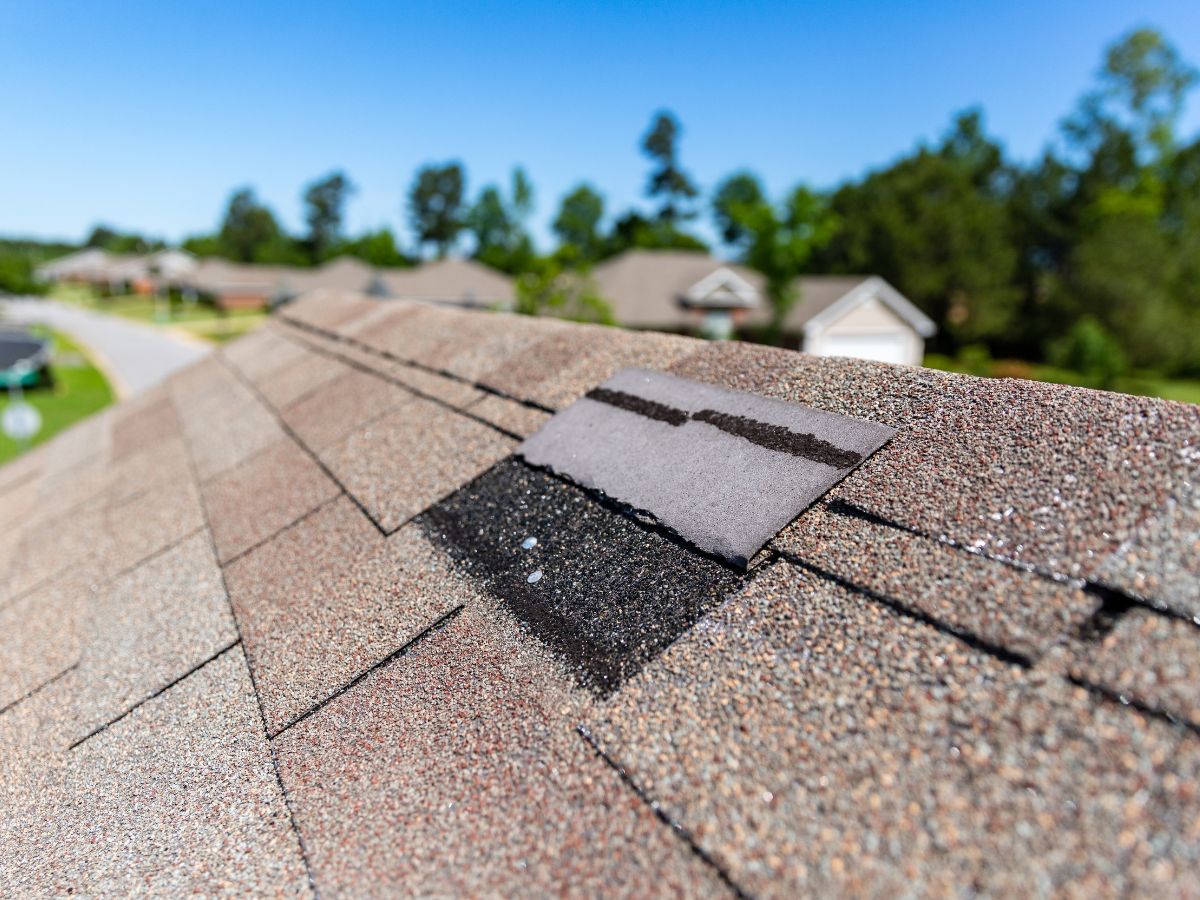
While some roof damage may appear minor at first glance, neglecting even these subtle signs can lead to significant issues over time. Homeowners should be vigilant in identifying both severe and minor types of roof damage.
Early detection is critical in maintaining a home’s integrity and ensuring safety.
- Missing shingles can expose the underlying structure to water damage.
- Water stains on ceilings indicate leaks that may worsen if not addressed promptly.
- Sagging areas may signal structural compromise, requiring immediate attention.
- Cracked flashing can allow moisture penetration, leading to rotting and mold growth.
Regular inspections can help identify these issues before they escalate.
Homeowners are encouraged to hire professional roofing services to rectify problems early, ultimately safeguarding their investment and enhancing the longevity of their roofs.
Frequently Asked Questions (FAQ)
How often should I inspect my roof for potential damage?
It’s recommended to inspect your roof at least twice a year—once in the spring and again in the fall—as well as after major storms. Regular inspections help detect early signs of damage like missing shingles, sagging, or cracked flashing, which can worsen if left untreated.
Should I repair or replace my roof if I notice damage?
The decision depends on the extent and type of damage. Minor issues such as a few missing shingles or small flashing cracks can often be repaired. However, if the roof has widespread damage, water stains, or structural sagging—and especially if it’s near the end of its lifespan—a replacement may be the more cost-effective solution.
How do I choose a reputable roofing contractor for inspections and repairs?
To choose a reputable roofing contractor:
- Look for licensed, insured, and locally established professionals.
- Check online reviews and ask for referrals from neighbors.
- Get written estimates and ensure the contractor provides detailed explanations of the work needed.
- Ask about warranties and whether they are experienced with insurance claims if damage is storm-related.
What are the risks of ignoring minor roof damage?
Ignoring small issues like a cracked shingle or minor flashing damage can lead to serious consequences, including:
- Water infiltration and mold growth
- Structural deterioration of the roof and home
- Higher repair or replacement costs down the line
- Voided warranties due to neglected maintenance
Addressing problems early helps preserve your roof’s integrity and protects your home.
Final Thoughts
Spotting roof damage early—such as missing shingles, water stains, or cracked flashing—can prevent serious issues and costly repairs. Regular inspections, proper maintenance, and prompt attention to warning signs are essential to preserving your roof’s integrity. Whether you’re dealing with the aftermath of a storm or general wear and tear, understanding what every homeowner should know about roofing or how professionals handle storm damage can help you stay ahead. For long-term protection and peace of mind, contact Kevin Phillips Roofing to schedule a professional inspection and address any roof concerns before they escalate.

